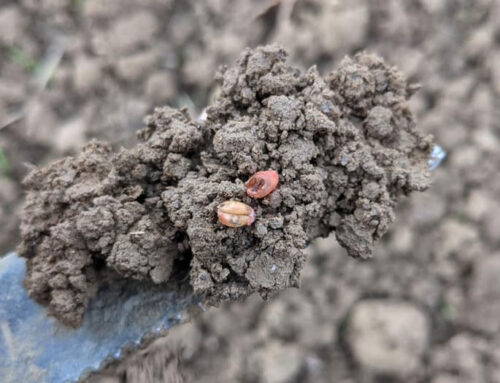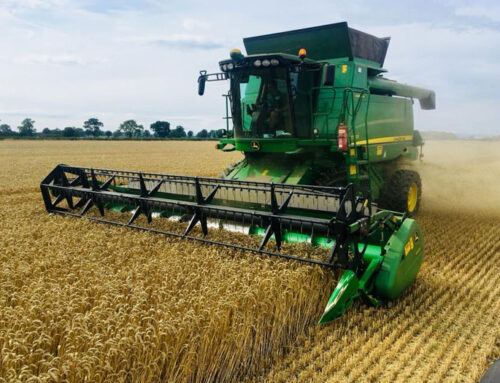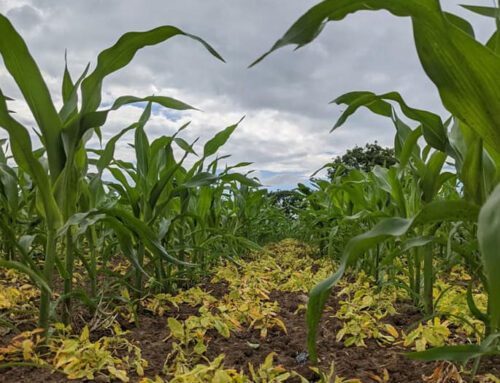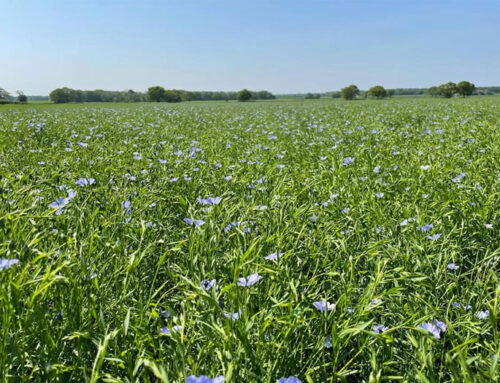Harvest is well under way here in North Yorkshire albeit at a snail’s pace. The 2 weeks of warm windy weather at the beginning of the month allowed most to make a start however since then cutting days have been few and far between. Last Sunday combine operators were early out the blocks and cutting commenced at 8:30am, this however was short lived as the monsoons started to fall. It went from a clear sunny August morning to what can only be described as a November sky within 20 minutes. There is a 15-minute journey from the home farm to one of our blocks of land, the latter of which has 3 fields of wheat straw laid. I rang the baler man to give him the thumbs up to come however by the time I had put the straw tuner on a good neighbour of ours told me to go inside and finish my bacon sandwich as what can only be described as the Yorkshire Amazon was flowing down the field. As previously mentioned, this has been the story ever since.
Early wheat results have either been as expected or pleasantly surprised. The early sown first wheats have yielded well and yields of 10-11t/ha have not been that uncommon. The later sown crops that were looking sparce most of the year are scraping the 7.4t/ha which in all honesty are at the upper end of our early season expectations. One common feature of harvested wheat this year is that quality is looking great and there are some good specific weights being reported.
The last few fields of spring barley have now been sprayed off in a vain attempt to finish the abundance of secondary tillers. Let us face it, it would not have been 2020 if this were straight forward! And I think we are all glad to see the finishing line coming towards us. Having seen the first cereals cut on the 20th of July and the following mixed weather I can easily see that combines will be working on the 20th September. The first spring barleys harvested have surprised me with better than expected yields and reasonable quality.
Sugar and Fodder beets are starting to green up following their final magnesium applications and focus has now changed onto fungicide planning. Sugar beets will soon be getting a triazole and strobulurin treatment if signs of disease are present. My general rule for fodder beet is if they are lifted relatively early, they will not be treated. Those crops left in the ground for longer can just about justify a fungicide.
Although focus is mainly on harvest for many growers, there are the small few who have put those small little black seeds in the ground……yes oilseed rape. To be honest at the time of writing these crops could not have had a better start. The majority are now up and away with early crops (sown 10 days ago) developing their first true leaf. Flea beetle damage is minimal now however, the threat cannot be ignored and bitter experience from recent years means close monitoring is the order of the day. If emergence continues at its current pace there will be no insecticide applied. How effective the insecticides are remains in doubt but treating in the absence of significant damage seems foolish. As crops emerge, we start to make investment decisions in the form of herbicides this is made a lot easier when rows can clearly be seen, and the crop is actively growing. Currently the weather seems not to have favoured flea beetle, but our other perennial worry slugs are starting to graze the new growth. Low doses of ferric phosphate have been applied to the cloddy patches where damage is mainly confined too.




